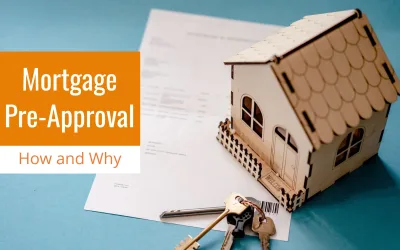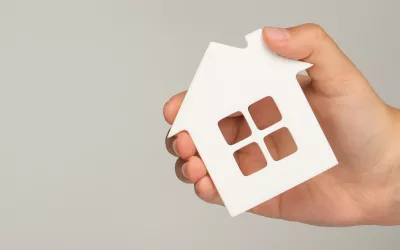Purchasing a home is often considered one of life’s biggest investments. However, not everyone can afford to pay the full purchase price upfront. To bridge this financial gap, most individuals rely on mortgages, which are loans offered by financial institutions for buying real estate. While this provides an opportunity for homeownership, it also requires the borrower to understand the concept of mortgage insurance, an essential aspect of home loans.
Mortgage insurance is a type of insurance policy that safeguards the lender or mortgage provider against potential losses if the borrower defaults on their loan payments. It acts as an additional layer of protection for the lender, as the property itself serves as collateral for the loan. This insurance offers a sense of security as it ensures that the lender doesn’t suffer a significant financial loss if the borrower cannot fulfill their loan obligations.
There are two primary types of mortgage insurance: private mortgage insurance (PMI) and government mortgage insurance. The type of insurance required depends on the type of mortgage loan and the size of the down payment made by the borrower. Let’s take a closer look at these two types:
1. Private Mortgage Insurance (PMI):
PMI is primarily associated with conventional mortgages, which are not insured or guaranteed by the government. It typically applies when borrowers make a down payment of less than 20% of the home’s purchase price. PMI helps protect the lender against potential default risks, allowing them to offer loans with lower down payment requirements. Borrowers pay monthly premiums for PMI until they have accumulated enough equity (usually 20%) in their home, at which point PMI can be canceled.
2. Government Mortgage Insurance:
Government mortgage insurance is provided by federal agencies such as the Federal Housing Administration (FHA), the Department of Veterans Affairs (VA), and the U.S. Department of Agriculture (USDA). These agencies offer mortgage insurance programs that allow borrowers to obtain loans with lower down payments, reduced credit requirements, and sometimes, more flexible terms. The premiums for government mortgage insurance can vary depending on the agency, loan type, and borrower’s creditworthiness.
Now that we understand the different types of mortgage insurance let’s explore the benefits and drawbacks of having mortgage insurance.
Benefits of Mortgage Insurance:
1. Increased Access to Homeownership: Mortgage insurance enables borrowers to access homeownership with less money upfront, as they can make a smaller down payment without needing a substantial savings pool.
2. Lower Interest Rates: Lenders may be more likely to offer lower interest rates to borrowers with mortgage insurance as it mitigates their risk. This can result in significant long-term savings for borrowers.
Drawbacks of Mortgage Insurance:
1. Additional Cost: Mortgage insurance premiums add to the overall cost of borrowing, increasing monthly payment amounts and the total amount repaid over the life of the loan.
In conclusion, mortgage insurance acts as a protection mechanism for lenders while allowing borrowers to secure a home loan with a lower down payment. It offers opportunities for homeownership to those who might not otherwise qualify for a conventional loan. While it adds an extra cost to the borrower, it can provide long-term financial benefits, such as increased access to lower interest rates. Ultimately, understanding mortgage insurance is crucial for anyone considering buying a home to make an informed decision and navigate the mortgage loan landscape confidently.
What is a Mortgage Pre-Approval, and How Does it Work?
If you're in the market to buy a home, you've likely heard the term "mortgage pre-approval" thrown around. But what exactly does it mean, and how does it work? In this comprehensive guide, we'll break down everything you need to know about mortgage pre-approval, from...
What are the different types of mortgages in Nebraska?
Nebraska, with its amazing small towns and vibrant communities, serves as a desirable destination for many people looking to settle down and buy a home. However, navigating through the intricate world of mortgages can often feel overwhelming. With various types of...
What is an escrow account in a mortgage?
Purchasing a home is a significant financial decision, and most homeowners rely on a mortgage to fulfill their dream. However, the mortgage process can be complex, filled with unfamiliar terms and concepts. One such term is an escrow account. If you are a first-time...




